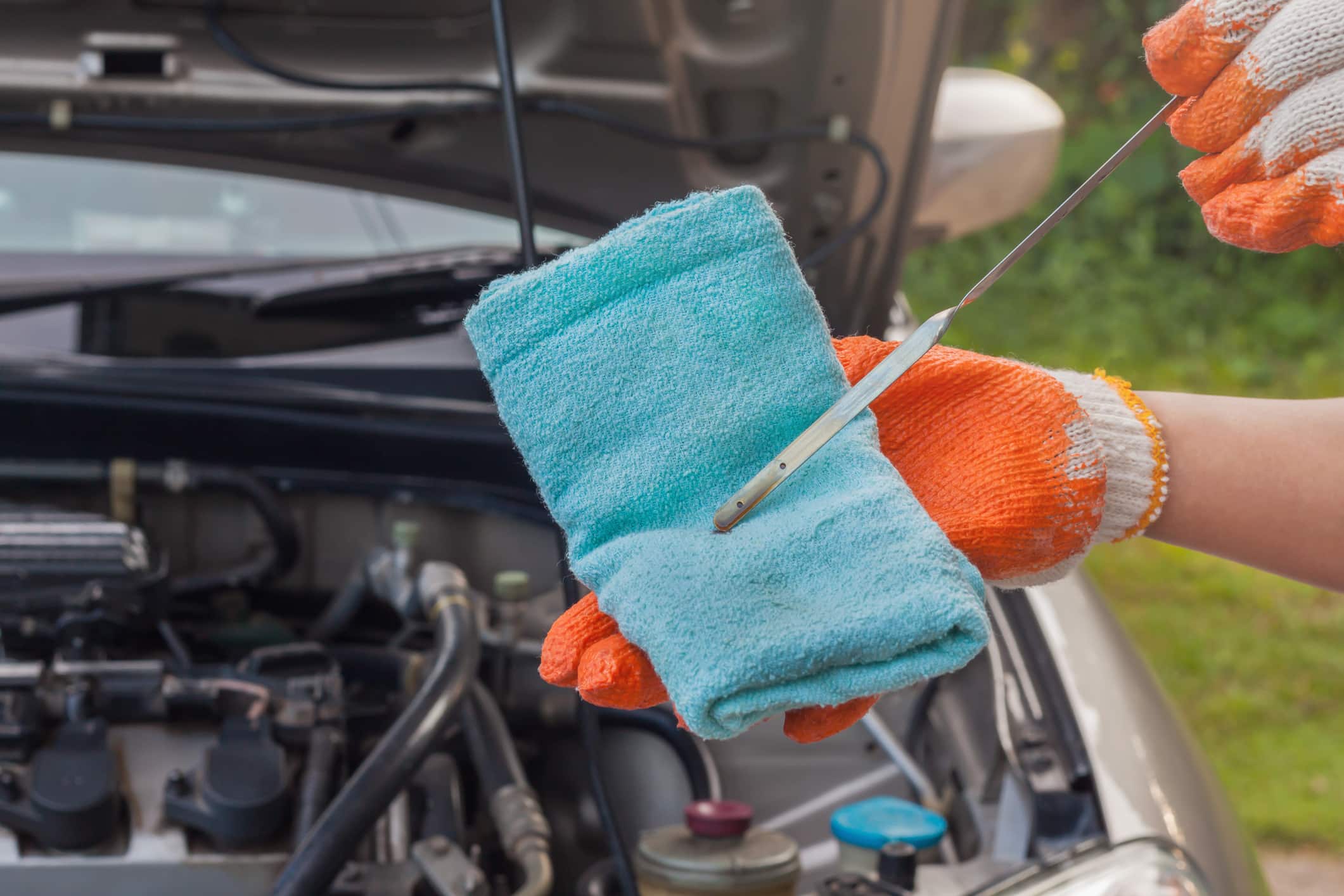Transmission fluid is vital for your vehicle’s performance. Low fluid levels can cause serious issues.
Transmission fluid lubricates moving parts and cools the transmission system. When the fluid is low, gears may not shift smoothly, leading to jerky movements or slipping. Over time, this can cause overheating and damage to the transmission. Understanding these signs early can save you from costly repairs.
Noticing unusual sounds, leaks, or delayed gear shifts? These might be warning signs. Stay tuned to learn what happens when your transmission fluid is low and how to prevent it. This knowledge can help maintain your vehicle’s health and ensure a smooth driving experience.

Credit: www.youtube.com
Signs Of Low Transmission Fluid
Strange sounds can mean low transmission fluid. You might hear a humming or whining noise. These sounds often come from the engine. Pay attention to them.
Low fluid can make gears slip. The car may shift on its own. You might lose control of the speed. This can be dangerous.
Shifting gears might take longer. This is a sign of low fluid. The car may struggle to change gears. This can affect your driving.
The engine can get too hot. Low fluid causes overheating. The car might shut down to cool off. This is a serious issue.

Credit: www.reddit.com
Causes Of Low Transmission Fluid
Leaks can cause low transmission fluid. Damaged seals or gaskets often leak. Puddles under the car signal leaks. Fixing leaks quickly can prevent damage.
Evaporation can reduce fluid levels. High temperatures speed up evaporation. Checking fluid regularly helps. Topping up fluid can prevent problems.
Poor maintenance leads to low fluid. Skipping regular checks is risky. Old fluid can degrade over time. Replacing old fluid keeps the transmission healthy.
Checking Transmission Fluid Levels
Start by parking your car on a flat surface. Open the hood and find the dipstick. Pull it out and wipe it clean. Insert it back in fully, then pull it out again. Look at the fluid level on the dipstick. If it’s low, your transmission fluid needs a top-up.
The fluid should be red or pink. If it’s dark or smells burnt, it’s a bad sign. Also, the fluid should be smooth. Gritty or thick fluid means trouble. Change it soon to avoid damage.
Check the transmission fluid every month. Make it a habit. Always check it before a long trip. This helps in spotting problems early. Your car will thank you for it.
How To Add Transmission Fluid
Check your car’s manual. The manual will tell you the right type of fluid. Each car needs a different fluid. Using the wrong fluid can harm your car. Buy the fluid from a trusted store. Look for trusted brands. This ensures good quality. Cheap fluids can be risky. Always keep a spare bottle in your car. This can help in emergencies.
Park your car on a level surface. Turn off the engine. Open the hood and find the transmission dipstick. Pull out the dipstick. Wipe it with a clean cloth. Put the dipstick back in. Pull it out again to check the fluid level. If low, add the right fluid. Use a funnel to avoid spills. Add a little at a time. Check the dipstick often. Do not overfill. Close the hood when done.
Wear gloves to protect your hands. Do not add fluid while the engine is hot. This can cause burns. Avoid spills on the engine. Clean any spills right away. Do not mix different fluids. This can harm your car. Check for leaks under the car. Leaks need fixing by a pro. Keep fluids away from children.
Consequences Of Ignoring Low Fluid
Low transmission fluid can cause serious damage. The parts inside the transmission need fluid to stay cool and lubricated. Without enough fluid, parts can overheat and wear out quickly. This can lead to permanent damage.
You may notice your vehicle’s performance getting worse. Shifting gears might become difficult. The car may not accelerate as smoothly. There could be a delay when you press the gas pedal.
Fixing a damaged transmission can be very expensive. Regular checks and timely fluid refills can save you money. Ignoring low fluid levels can lead to costly repairs. This can also result in a complete transmission replacement.

Credit: gearstar.com
Preventing Low Transmission Fluid
Regular inspections help keep your car in good shape. Check the transmission fluid often. Low fluid can harm the transmission. Keep a schedule for checks.
Proper maintenance is key. Always follow the car manual. Change the transmission fluid at the right time. Clean fluid helps your car run well.
Look for leaks early. Leaks can cause low fluid levels. Find leaks under the car. Fix leaks soon. This helps avoid big problems later.
When To Seek Professional Help
If you face the same transmission issue often, it’s serious. Low fluid can cause repeated problems. This needs a pro. They have the tools and skills. Trying to fix it alone might make it worse.
Some repairs need expert hands. Transmission work is tricky. It involves many parts. A small mistake can lead to big damage. Experts can handle these tasks well.
Understanding the root cause is vital. Professionals use special tools. They can find the exact problem. This saves time and money. Correct diagnosis means the right fix.
Cost Of Transmission Fluid Services
Replacing transmission fluid is important. It keeps your car running well. New fluid can cost between $50 and $150. Labor costs add more. Total cost can be $80 to $250.
Fixing leaks is crucial. Leaks can damage your car. Small leaks cost less. Fixing them may cost $100 to $200. Big leaks can be more expensive. They might cost over $500.
Full maintenance is best. It includes checking fluid, fixing leaks, and cleaning parts. This can cost from $200 to $600. It helps your car last longer. Regular checks save money.
Conclusion
Low transmission fluid can cause major issues. Your car may struggle to shift gears. Overheating is another risk. This can damage internal parts. Checking fluid levels regularly helps avoid these problems. Always follow your car’s maintenance schedule. This keeps your transmission in good shape.
Listen to your car. Strange noises or gear problems? Act quickly. A little attention now saves big repair costs later. Keep your transmission fluid topped up for smooth driving.
